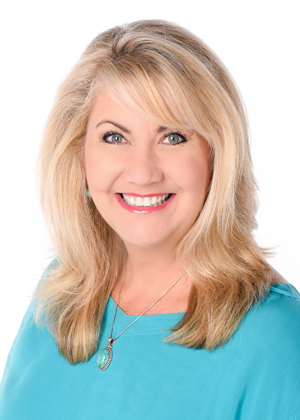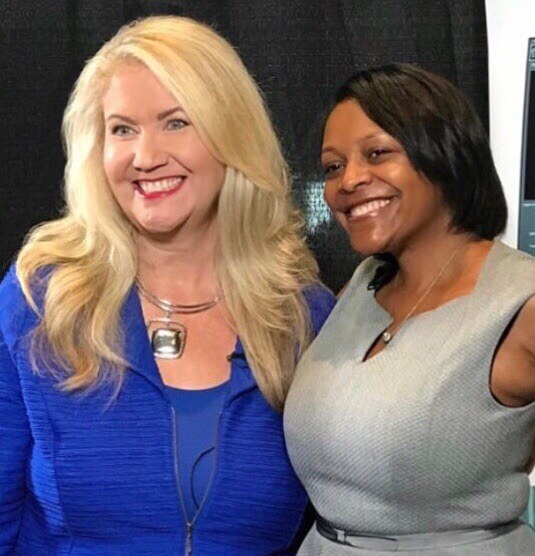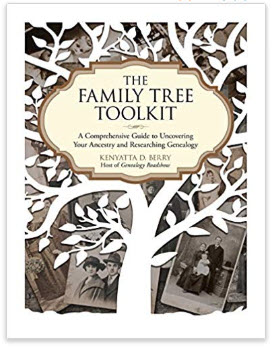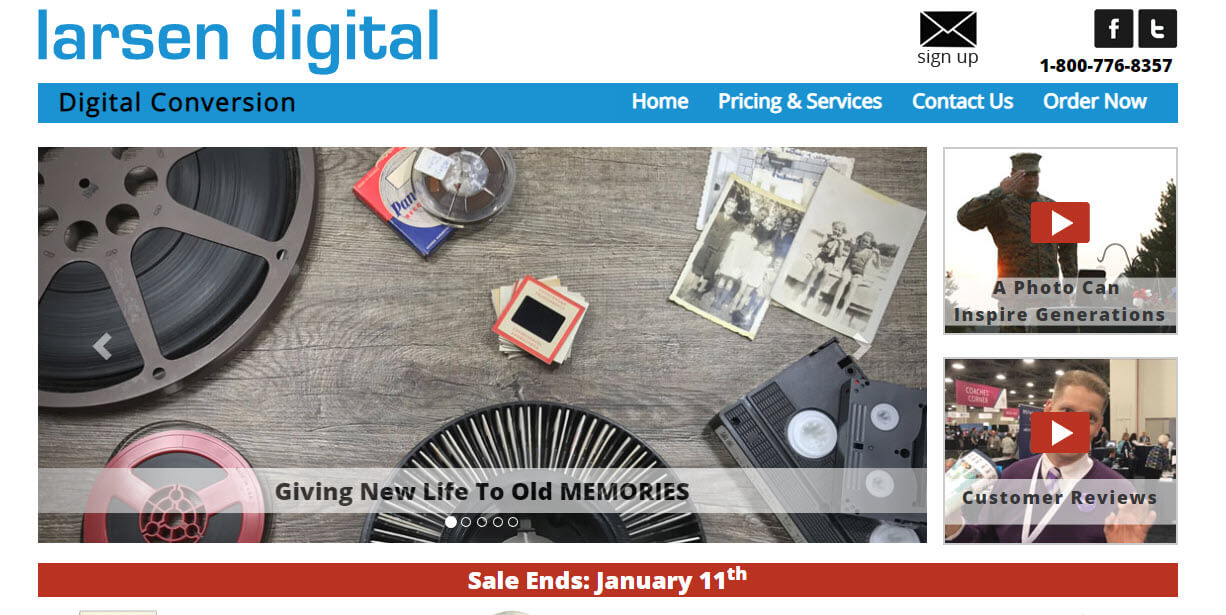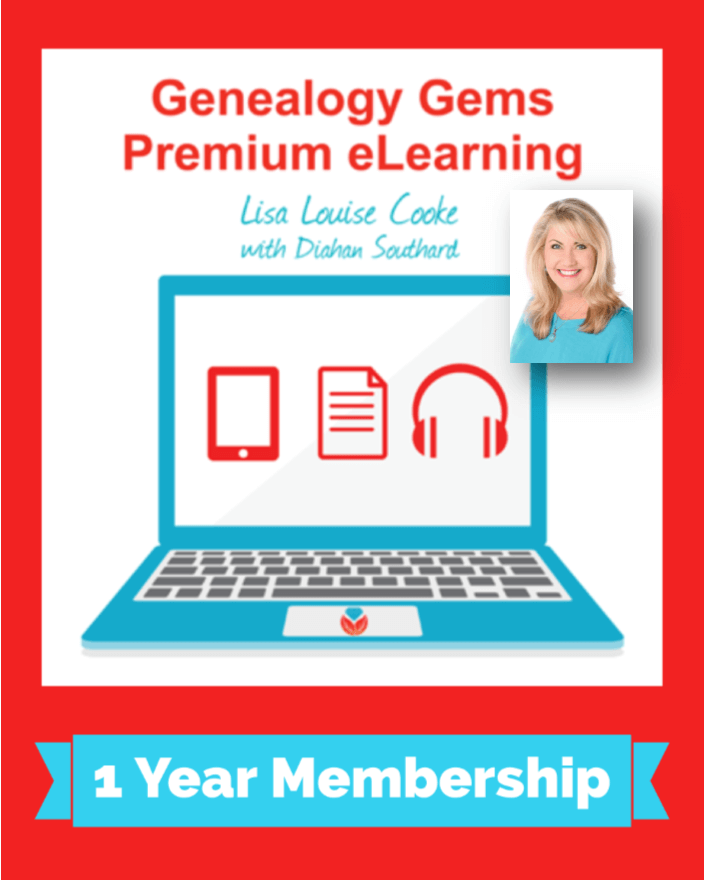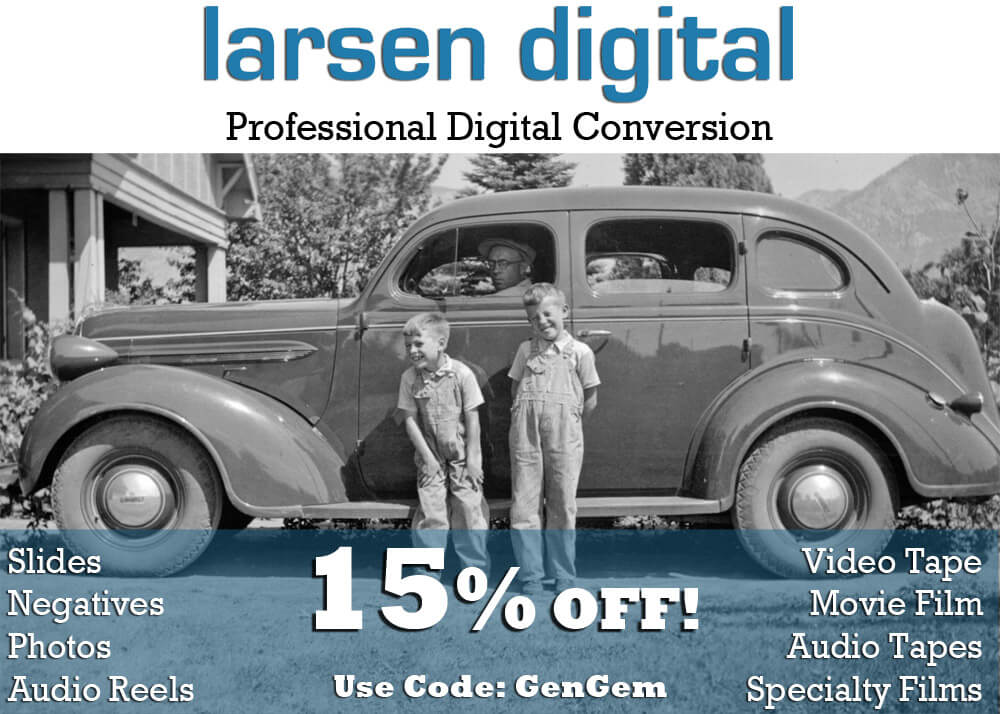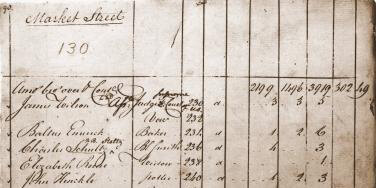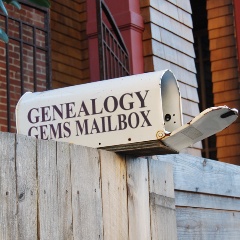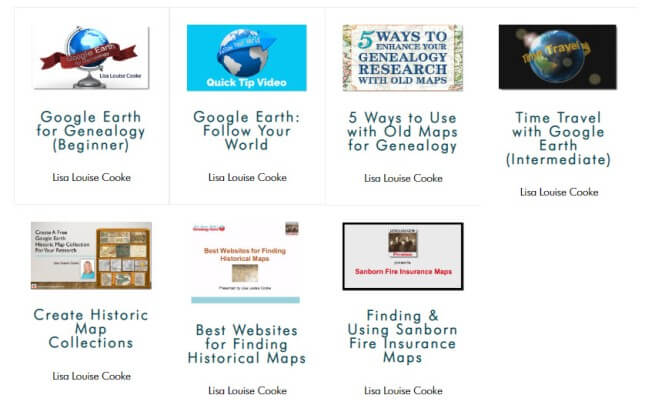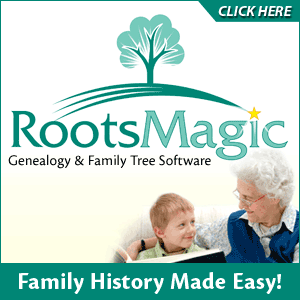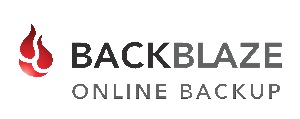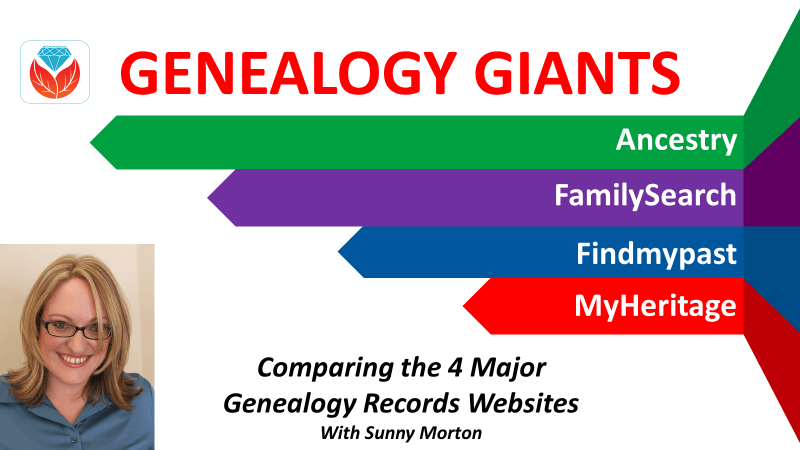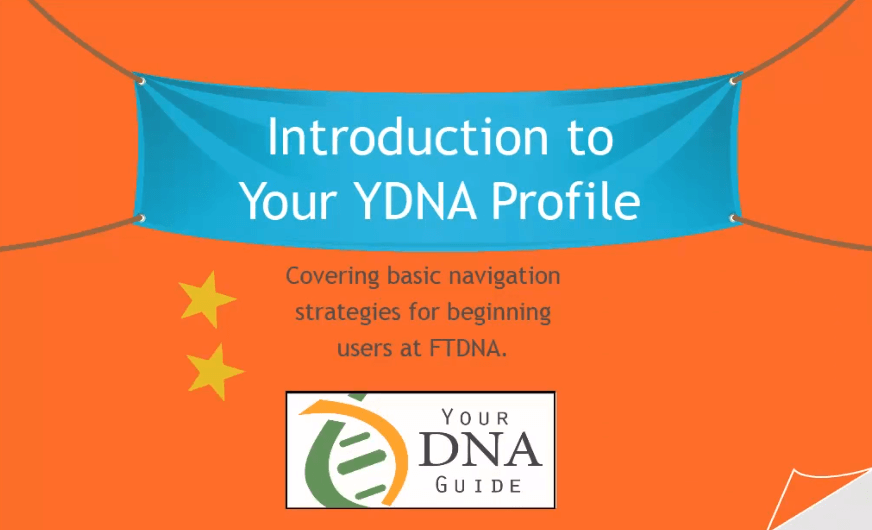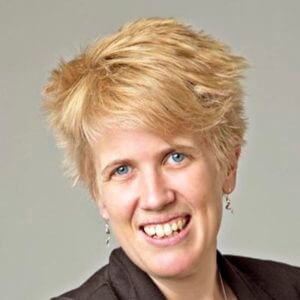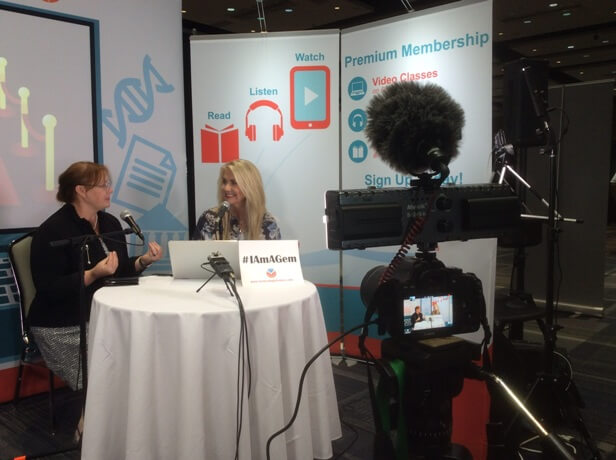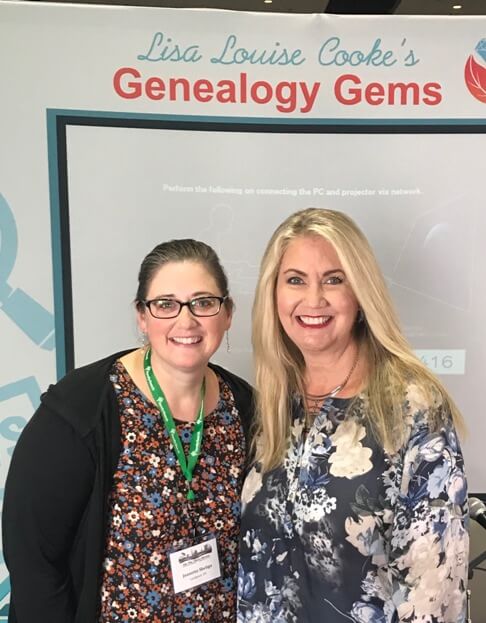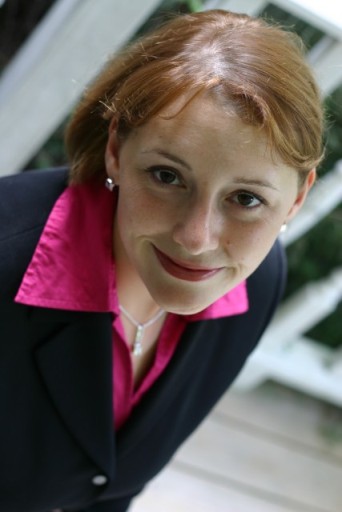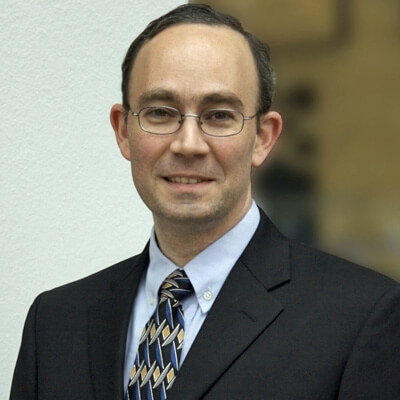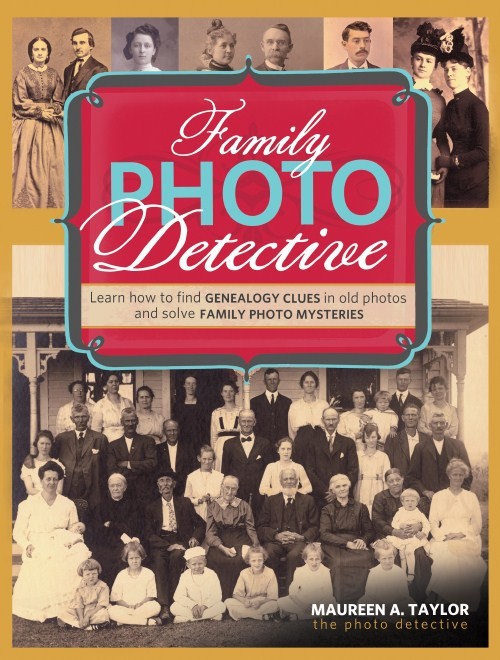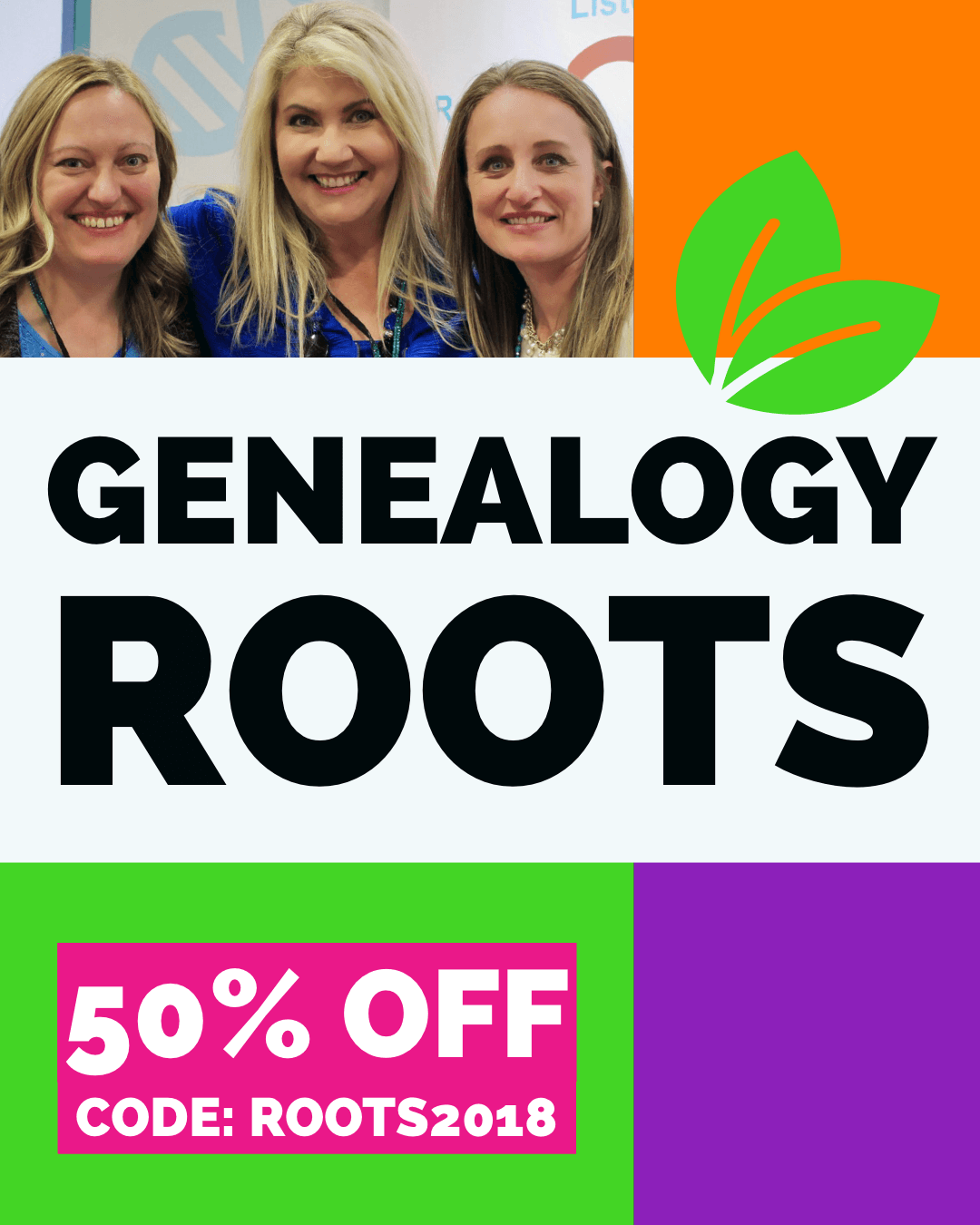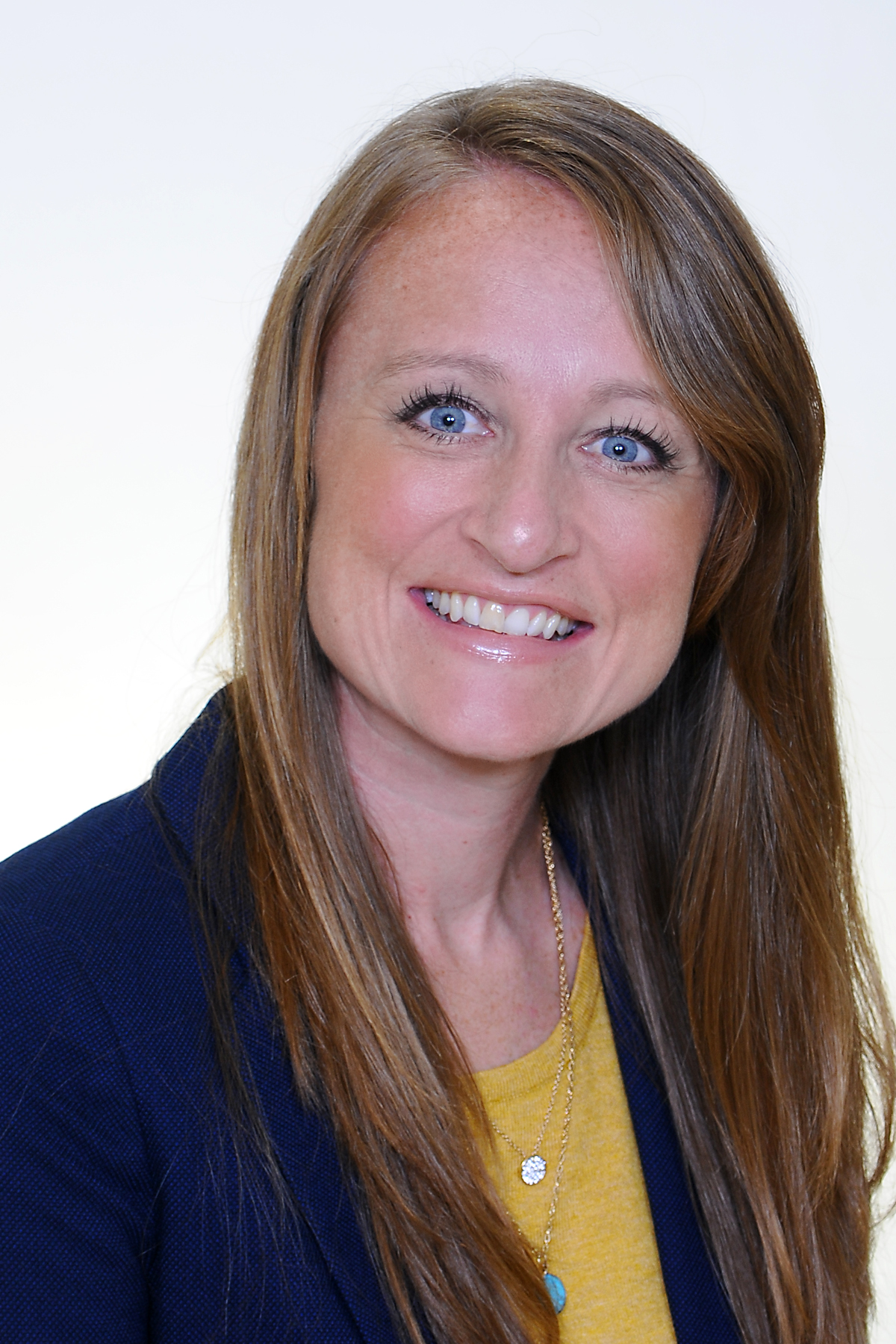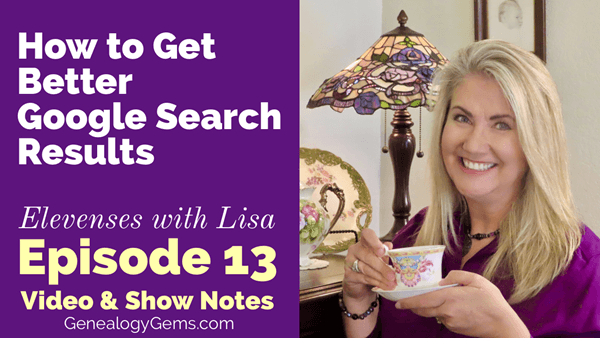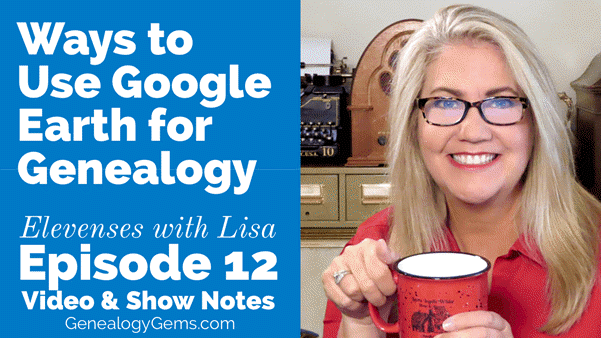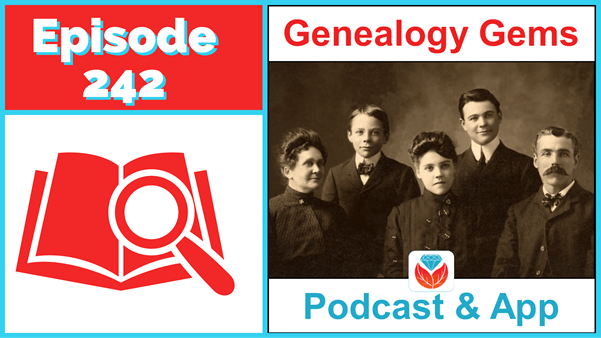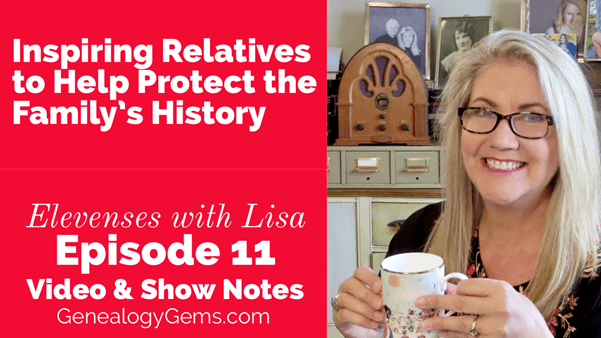Genealogy Gems Podcast Episode 225
Genealogy Gems Podcast Episode 225
Get ready for a fun and inspiring start to your new genealogy year. I’m not going to lecture you about how to get organized and all that – you get enough of that New Year banter other places. Today I’m going to bring you a talented lady who’s a sharp genealogist and just happens to be one of the hosts of the television series Genealogy Road show., Kenyatta Berry.
GEM: A Conversation with Kenyatta D. Berry (Genealogy Roadshow)
I had the pleasure of working with Kenyatta Berry last summer when we filmed a webinar together at the FGS national conference. She was beaming from ear to ear about the book she was working on, and I encouraged her get in touch with me when it was done so we could talk about it here on the show.
Well, the book turned out to be a beauty: it’s called The Family Tree Toolkit. It’s a great overview for those new to genealogy, and a quick reference manual for more experienced genealogists with all of its charts and resource lists.
Kenyatta asked me to moderate her Dallas book tour event. In December of 2018 we met up at the Dallas main library in downtown Dallas for An Evening with Kenyatta. This was a wonderful opportunity to not only spend the evening with her and a room full of dedicated genealogists, but also to record it all and bring it you!
In today’s episode, Kenyatta Berry shares how she caught the genealogy bug, busting brick walls, her thoughts on DNA, and of course some of the most memorable experiences on the Genealogy Roadshow.
Kenyatta Berry’s book The Family Tree Toolkit is available here.
If you enjoyed this episode and want to get a copy of Kenyatta’s book, we appreciate when you use our link (above). This financially supports us at no extra cost to you, helping us to bring this free podcast to you each month. Thank you!
GEM: A Family History Discovery in Home Movies
I made an amazing discovery this week thanks to my guest Dr. David Haas from episode 223. As you’ll recall David shared his family’s history of making home movies, and the hours of old film footage dating all the way back to the 1920s that he had restored and digitized. His story inspired me to start digging through my closets and I found the canisters of 8mm film that I had converted to VHS back in the 1990s. The problem with that first conversion is that 1) VHS is completely obsolete. And 2) the film which dated back to the 1960s was converted in its deteriorated state. It was washed out and grainy making it hard to see everything.
So, in December I sent those original films off to the same company that David used – Video Conversion Experts in Chandler, AZ. Right after the new year the fully restored and digitized files arrived on my doorstep along with the original films. The results are jaw-dropping. The film is gorgeous color just like David’s were, clear as the first day they were taken back in the ‘60s, and now finally in a digital format that I can use for all kinds of projects and sharing.
But here’s the kicker, in reviewing them I made a startling discovery.
About 20 minutes into the film my great grandfather came on the screen. This is the only known film of him in existence, and I was floored that I hadn’t spotted him before. But the VHS was so washed out it wasn’t obvious. Now I see him smiling and standing with his son (my grandfather) and his son (my uncle). Three generations of Burkett men, the oldest having been born in 1880 – and all there on film for me to see.
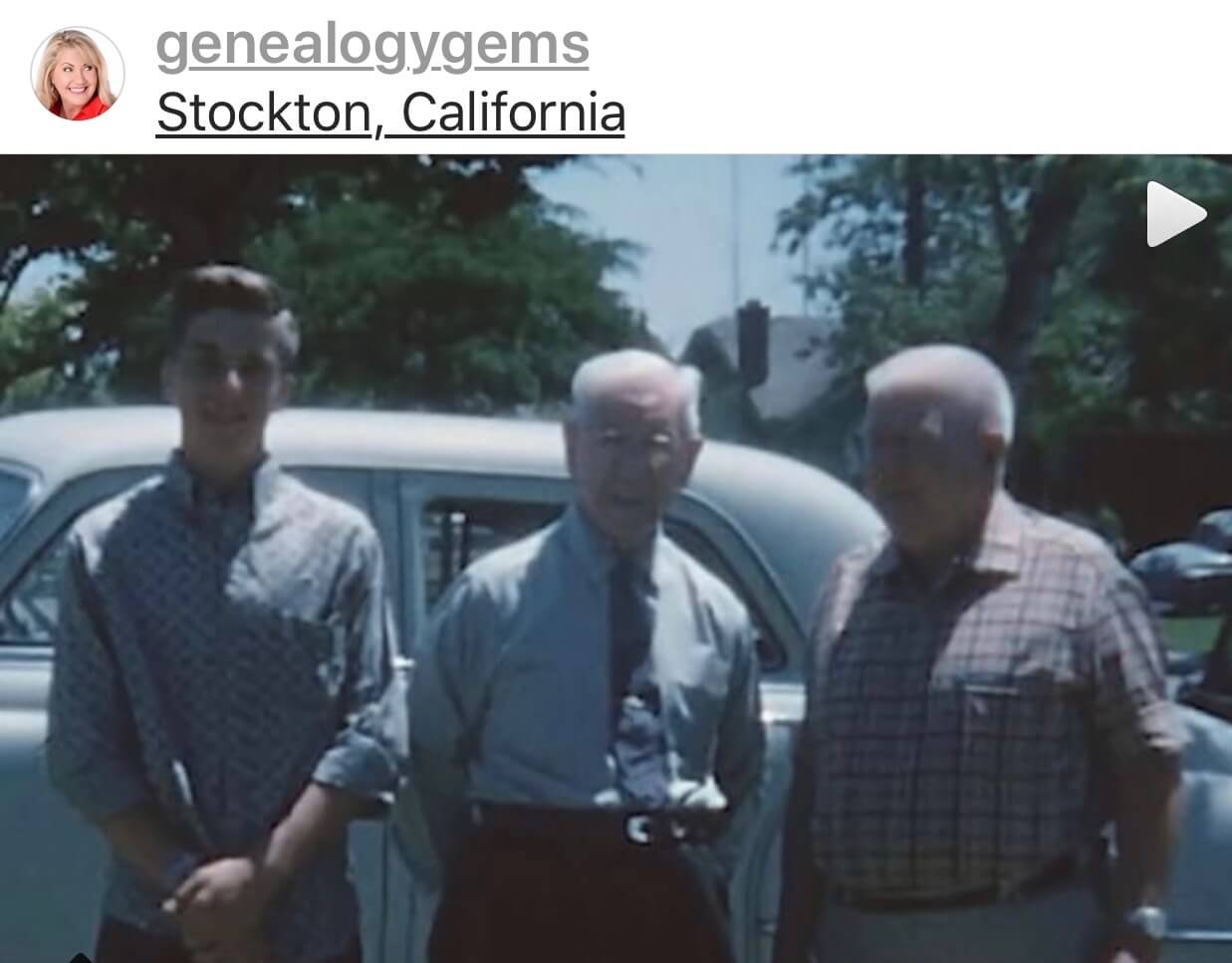
Left to right: My uncle, my great grandfather, and my grandfather c. 1962
View the restored video on my Instagram here
I love finding genealogical documents but I would take moving images of my ancestors any day of the week over a document. It just goes to prove that you can never say never, that at any given moment something can surface that you never thought possible.
Thank you to Video Conversion Experts!
They did a phenomenal job, but that’s not surprising because they are one of the top labs in the country. They restore video for the movie and TV industry too. They offer varying levels of restoration. It’s not cheap, but if you need professional restoration it’s an investment you won’t regret. I certainly don’t. We don’t have a promo code with Video Conversion Experts but be sure and tell them you heard about them here on the podcast and sign up for their sale emails.
In fact, we received this comment on the episode from Jodi. She writes:
The episode about home movies and David Haas was wonderful. I had also found some old film footage when my parents moved back in 2011. I debated about getting them transferred to digital because of the price. But my father was just diagnosed with stage 4 cancer. I am SO glad that I spent the money to get the project done. He was able to see the old films of his family and explain to me who some of the people were. What a gift! Thank you for encouraging people to do this and sharing all of your knowledge with us so graciously.
Click here to view her old family videos on YouTube.
I took a look at Jodi’s videos, and they’re wonderful. She did a tremendous job with the documentation in the video descriptions. Absolutely brilliant the way she included the linked time stamps to the various videos that she had posted to YouTube. She really took to heart our follow up conversation in episode 224 about how to share the videos once you digitize them.
Larsen Digital Saves Money and Handles a Variety of Media
Yesterday I received a batch of VHS tapes that Larsen Digital converted for me. I’ve known Kristen Larsen for several years. They offer an excellent affordable option that is safe, reliable and great quality. They also really stand out because they can pretty much convert anything you have. I sent them VHS, Mini DVs and even a reel of audio tape and some cassettes of family interviews. They handled all of it affordably and Kristin and her team communicate with you along the way, so you can rest easy that all your precious memories is in good hands.
I have about a zillion family history projects I want to do now that I have these audio interviews in an mp3 digital format. My first plan is to create some Animoto videos where I can drag and drop the audio in with the scanned photos that they describe.
You can contact Larsen Digital at www.larsendigital.com
Use the promo code GENGEM so you can get 15% off your order.
 View My Video Find on Instagram
View My Video Find on Instagram
Head to Instagram.com/genealogygems (image right) to see the restored video of my great grandfather. Instagram is my favorite social media platform and one that I post to personally nearly every day. You can download the app to your phone for free from your app store and then just search for Lisa Louise Cooke in the app and tap follow. I post genealogy tips and ideas, behind the scenes and stuff about me and my family. It’s a lot of fun!
More with Kenyatta Berry
We’re going to have a lot of fun this year! In the next Genealogy Gems Premium podcast episode (#167). Premium members will hear the Q&A we did with Kenyatta after the interview was over.
If you’re not a member yet, you can fix that today here.
PRODUCTION CREDITS
Lisa Louise Cooke, Host and Producer
Bill Cooke, Audio Editor
Lacey Cooke, Service Manager
Disclosure: As an Amazon Associate, Genealogy Gems earns from qualifying purchases you make when clicking from the links we provide. It doesn’t cost you anything extra but it helps support our free blog and podcast. Thank you!

